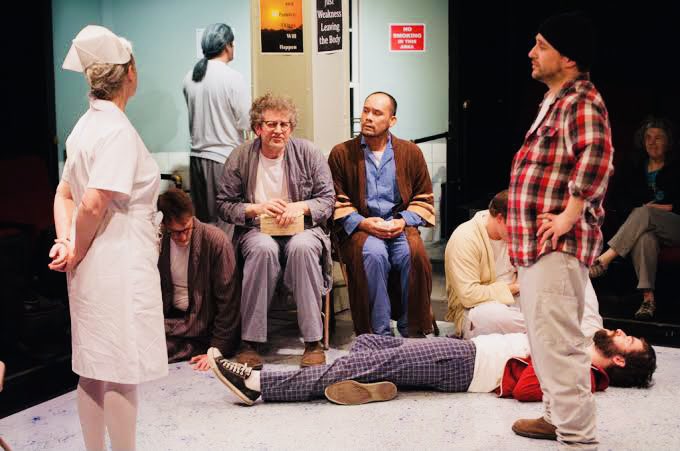
“On one fine spring day, I was sitting on a Central Park bench and two women were sitting one bench just to my right reading their newspapers. Suddenly, one of them cried out, “Sophie, can you believe this! The story I’m reading here, oh my God! #HealingTrauma 

This young boy, seventeen years old mind you, the same age as my Jonathan, he’s struggling with ideas about suicide. Seventeen years old, his whole life before him and he wants to kill himself. What would lead a boy to this?”
“Such a young boy, Bessie?”
“Yes. My God.”
“He must have some type of mental illness.”
“Oh, you’re right, Sophie. I just glanced at the next paragraph, and a psychiatrist explains that the boy has a mental illness called major depressive disorder.”
“Yes. My God.”
“He must have some type of mental illness.”
“Oh, you’re right, Sophie. I just glanced at the next paragraph, and a psychiatrist explains that the boy has a mental illness called major depressive disorder.”
With that explanation, the two women nodded to one another, and continued on to another story, seemingly satisfied that they now knew why the boy was dealing with this issue.
This notion that when a psychiatrist says someone has a mental illness, or some type of mental illness, that this offers a valid explanation for why the person is struggling with personal difficulties is, as far as I’m concerned, a bunch of nonsense.
Just before the incident in the park, I had seen a performance of Shakespeare’s Hamlet, which tells the story of a boy about the same age as the one in the story Bessie was reading and is also struggling with feelings of committing suicide.
As Shakespeare’s story unfolds, the audience is presented with a character that has motivations, conflicts, frustrations, disturbing situations and emotions. In the end, I left with some insights into why a character such as Hamlet might struggle with feelings of suicide.
In my opinion, even a play, which lasts but two or three hours, can only provide in its narrative a simplified account of what real life stories are all about. 

And yet, in today’s world, for many people a very different type of play is sufficient for providing the reason why someone is dealing with a challenging concern.
This new type of play begins with the curtain rising. A character says to the audience he is struggling with feelings of suicide. 

A psychiatrist then proclaims the character has the mental disorder known as major depressive disorder, and then the curtain comes down.
That’s the whole play. And people walk away fully satisfied that an adequate explanation has been provided...” ❤️ #YouBelong
Adapted from ‘Name Calling by Psychiatrists: Is it Time to Put a Stop to it?’ Written by Dr Jeffrey Rubin (2014) who received his PhD from the University of Minnesota and worked in clinical settings, schools, and a juvenile correctional facility.
• • •
Missing some Tweet in this thread? You can try to
force a refresh













